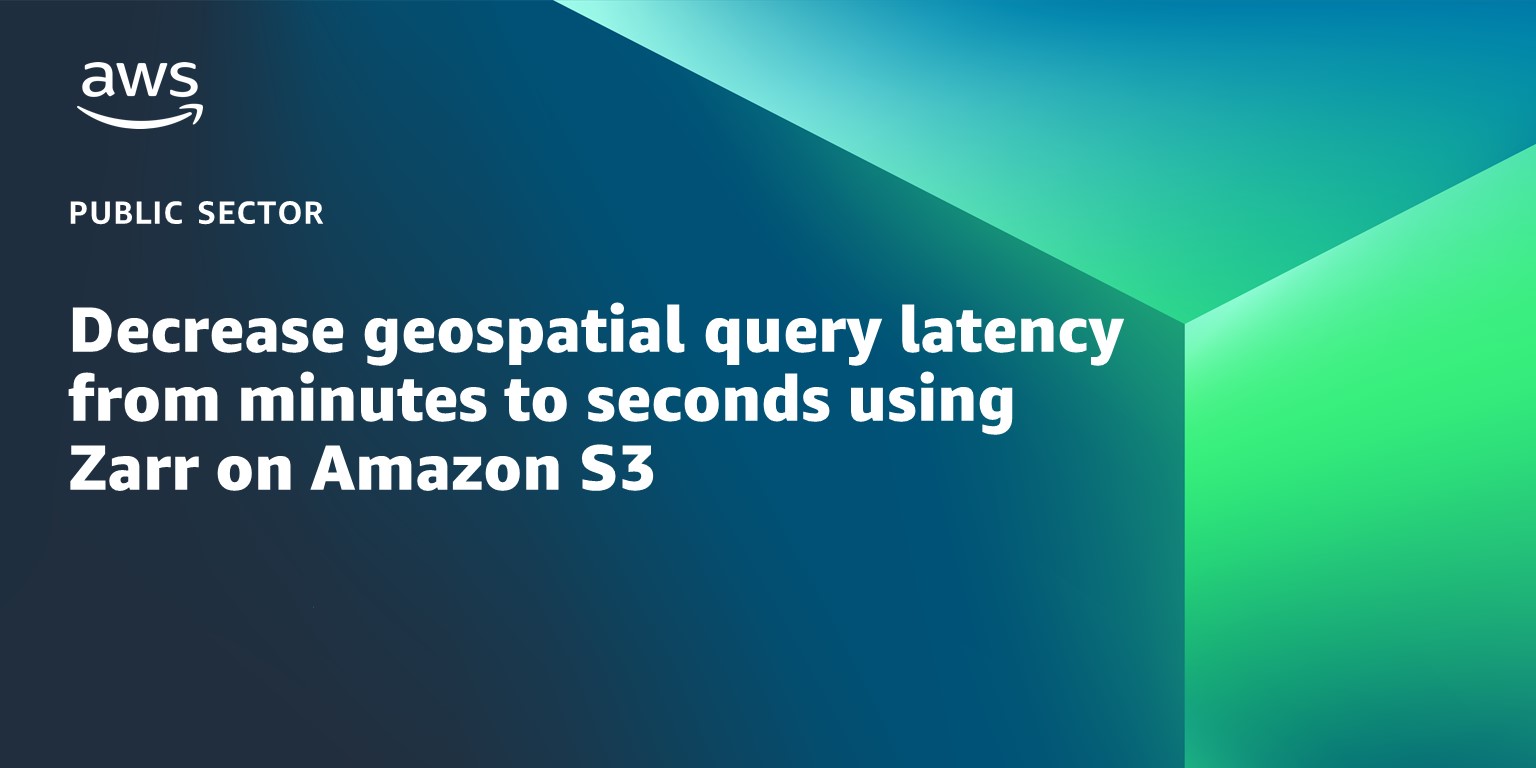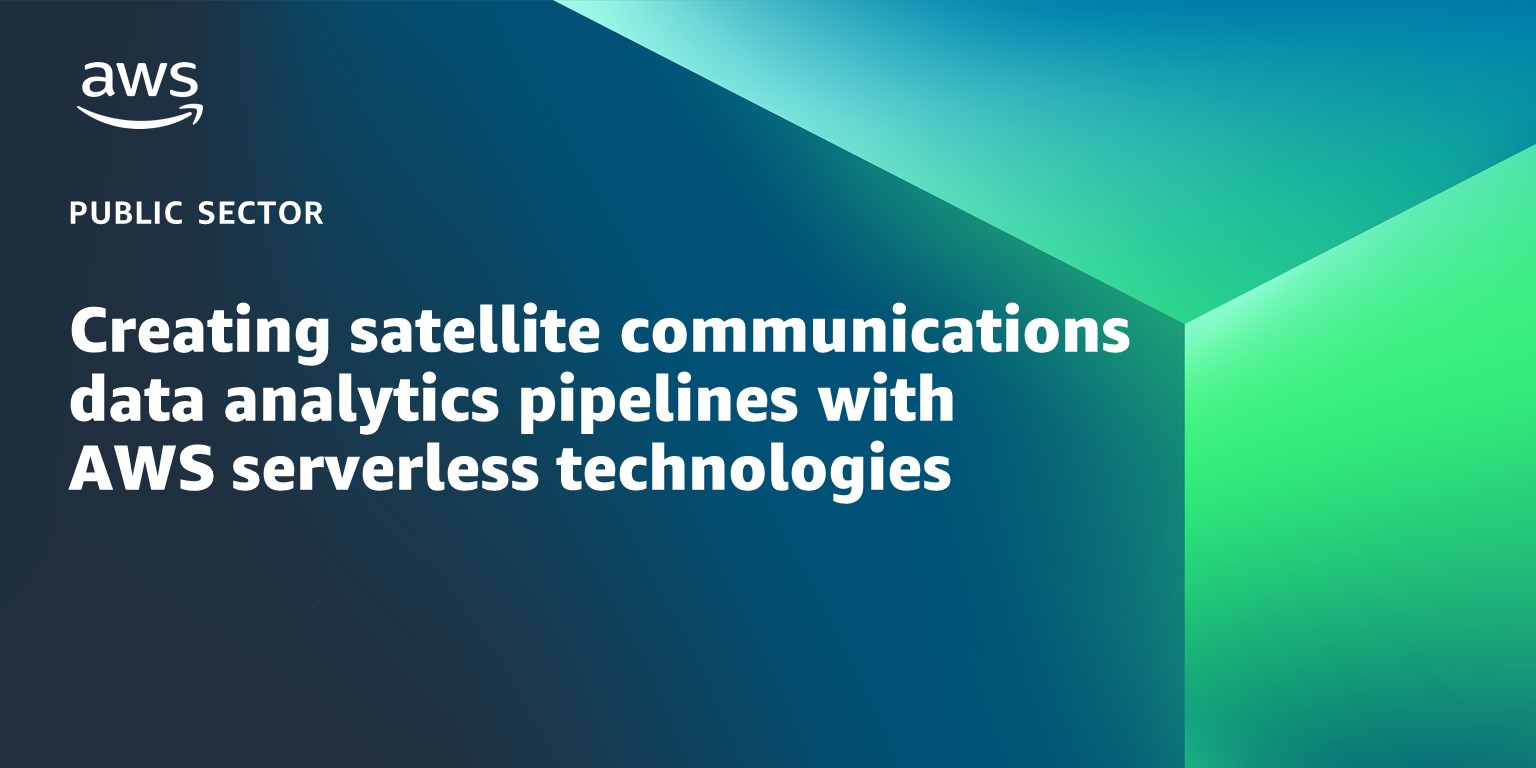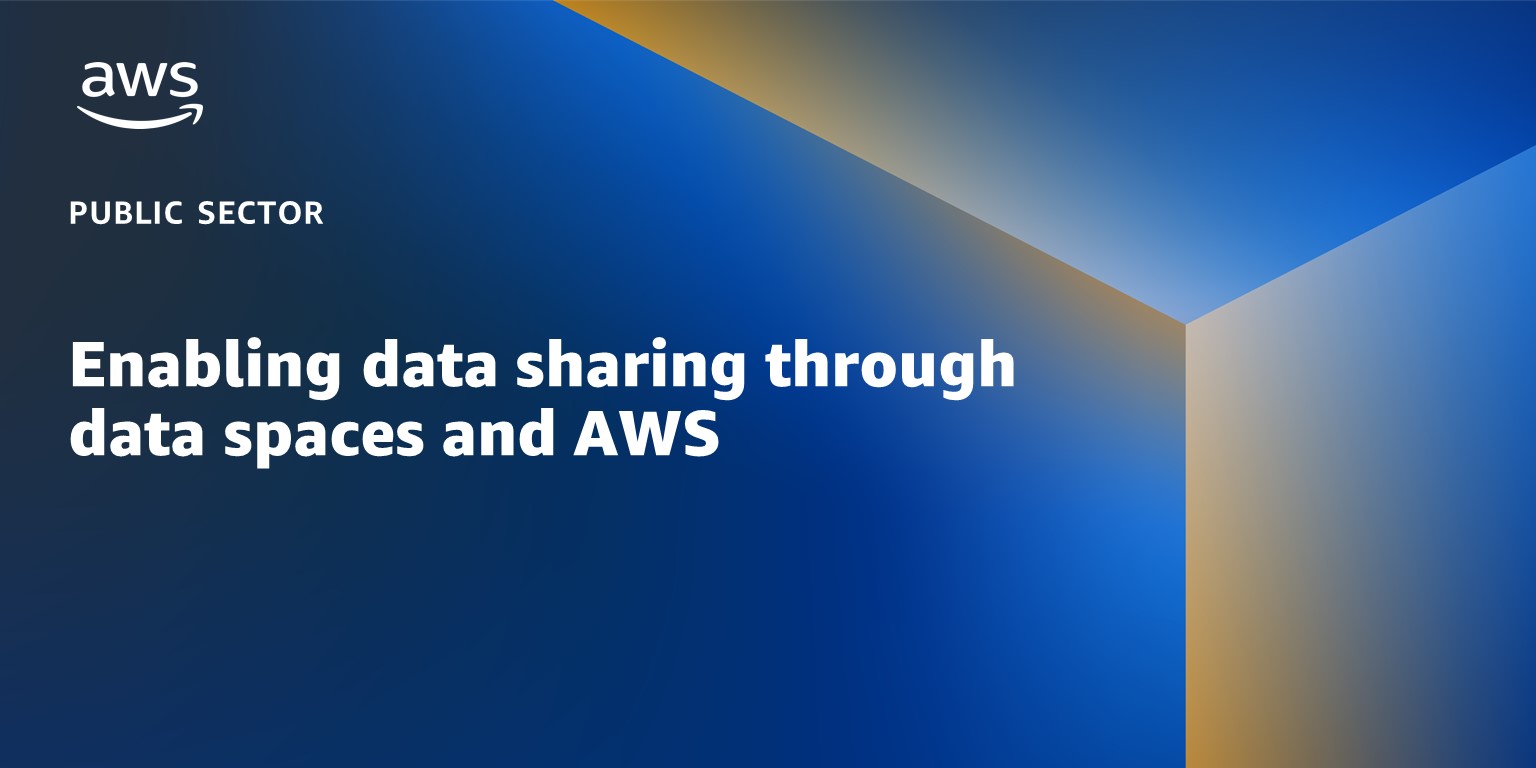AWS Public Sector Blog
Category: Technical How-to
Optimizing your nonprofit mission impact with AWS Glue and Amazon Redshift ML
Nonprofit organizations focus on a specific mission to impact their members, communities, and the world. In the nonprofit space, where resources are limited, it’s important to optimize the impact of your efforts. Learn how you can apply machine learning with Amazon Redshift ML on public datasets to support data-driven decisions optimizing your impact. This walkthrough focuses on the use case for how to use open data to support food security programming, but this solution can be applied to many other initiatives in the nonprofit space.
Building a team knowledge base with Amazon Lightsail
Building an organized system for common information—such as addresses, phone numbers, purchasing account numbers, a curated and annotated literature section, lab recipes and protocols, meeting schedules, and links to commonly used online tools—can prove extremely valuable for professors and their teams. Building this knowledge base on AWS with Amazon Lightsail can save hours of administration and maintenance time, while providing additional control and flexibility for remote access. In this blog post, learn how to set up a content management system (CMS) using Lightsail, including how to manage basic network security, backup, and upgrades, to build a knowledge base for your lab, agency, startup, or other team-based environment.
Decrease geospatial query latency from minutes to seconds using Zarr on Amazon S3
Geospatial data, including many climate and weather datasets, are often released by government and nonprofit organizations in compressed file formats such as the Network Common Data Form (NetCDF) or GRIdded Binary (GRIB). As the complexity and size of geospatial datasets continue to grow, it is more time- and cost-efficient to leave the files in one place, virtually query the data, and download only the subset that is needed locally. Unlike legacy file formats, the cloud-native Zarr format is designed for virtual and efficient access to compressed chunks of data saved in a central location such as Amazon S3. In this walkthrough, learn how to convert NetCDF datasets to Zarr using an Amazon SageMaker notebook and an AWS Fargate cluster and query the resulting Zarr store, reducing the time required for time series queries from minutes to seconds.
Using machine learning to customize your nonprofit’s direct mailings
Many organizations perform direct mailings, designed to support fundraising or assist with other efforts to help further the organization’s mission. Direct mailing workflows can use everything from a Microsoft Word mail merge to utilizing a third-party mailing provider. By leveraging the power of the cloud, organizations can take advantage of capabilities that might otherwise be out of reach, like customized personalization at scale. In this walkthrough, learn how organizations can utilize machine learning (ML) personalization techniques with AWS to help drive better outcomes on their direct mailing efforts.
Querying the Daylight OpenStreetMap Distribution with Amazon Athena
In 2020, Meta introduced the Daylight Map Distribution, which combines OpenStreetMap (OSM) data with quality and consistency checks from Daylight mapping partners to create a no-cost, stable, and simple-to-use global map. This blog post provides a brief overview of OSM and Daylight followed by a step-by-step tutorial using five real-world examples. We combine the powerful query capabilities of Amazon Athena from with the feature-rich Daylight OSM data to demonstrate a typical OSM data analysis workflow.
Using AWS IoT TwinMaker to build a spacecraft digital twin
Digital twin technology helps drive the digital transformation of the space sector by optimizing complex spacecraft design, engineering, and operation. Increasingly, customers turn to AWS IoT TwinMaker from AWS to more quickly and simply create simulations that provide live actionable insights and improve operational performance of real-life systems. Learn how you can use AWS to create digital twin simulations for complex spacecraft, demonstrated using the International Space Station (ISS) via publicly available telemetry from the National Aeronautics and Space Administration (NASA).
Creating satellite communications data analytics pipelines with AWS serverless technologies
Satellite communications (satcom) networks typically offer a rich set of performance metrics, such as signal-to-noise ratio (SNR) and bandwidth delivered by remote terminals on land, sea, or air. Customers can use performance metrics to detect network and terminal anomalies and identify trends to impact business outcomes. This walkthrough presents an approach using serverless resources from AWS to build satcom control plane analytics pipelines. The presented architecture transforms the data to extract key performance indicators (KPIs) of interest, renders them in business intelligence tools, and applies machine learning (ML) to flag unexpected SNR deviations.
Enabling data sharing through data spaces and AWS
Data spaces can help break down these silos between industries and sectors. Data spaces facilitate a decentralized and secure data exchange across organizations and industries that come together to pool, access, process, and share data. They enable simple, secure, open standards-based, and interoperable data-sharing, while allowing for organizations to maintain full control over their data. Learn how data spaces support simple and secure data-sharing between organizations and sectors, current data space initiatives in Europe and beyond, and how to leverage a data space with AWS.
Using AI for intelligent document processing to support benefit applications and more
Each year, US federal, state, and local government agencies spend a significant part of their budgets on various social and safety net programs. Tens of millions of residents apply for these benefits every year. In these applications, documents—in various sources, formats, and layouts—are the primary tools for application assessment. Artificial intelligence (AI) technology can accelerate and simplify the application review process, improving both the case worker and applicant experience. Learn how public sector agencies can leverage AI offerings from AWS, like Amazon Textract and Amazon Comprehend, to process multiple documents in benefit application use cases in an intelligent document processing (IDP) workflow.
Announcing the AWS Well-Architected Operational Readiness Review lens
AWS announced the release of the Operational Readiness Review (ORR) program as a custom lens for the AWS Well-Architected Tool, which is designed to help you review the state of your applications and workloads against architectural best practices, identify opportunities for improvement, and track progress over time. Creating a custom lens for the Well-Architected Tool with the ORR program can help supplement Well-Architected reviews by including lessons learned that are specific to your business, culture, tools, and governance rules. Learn how to set up the ORR as a custom lens in this walkthrough.









